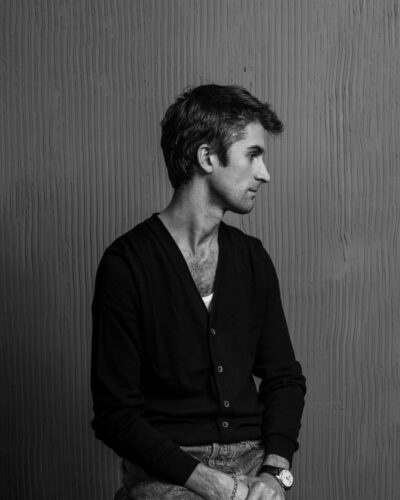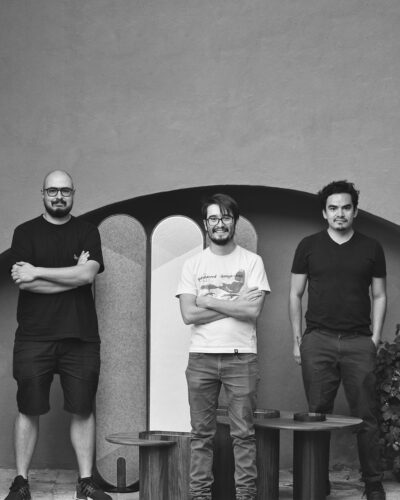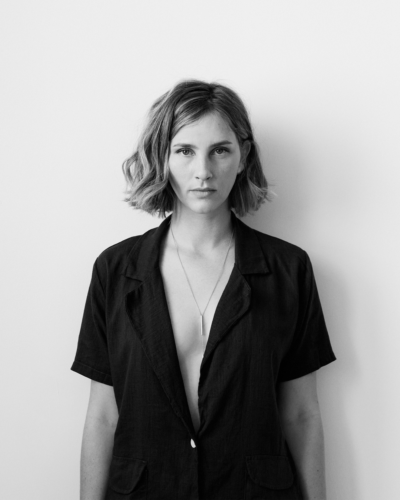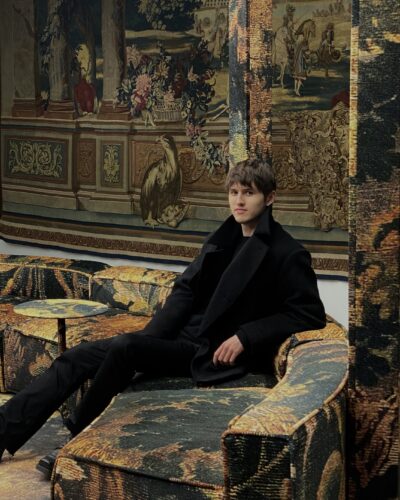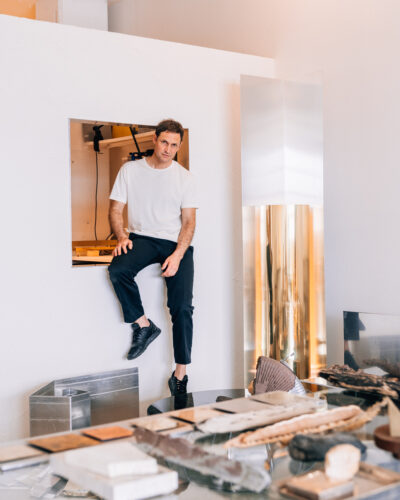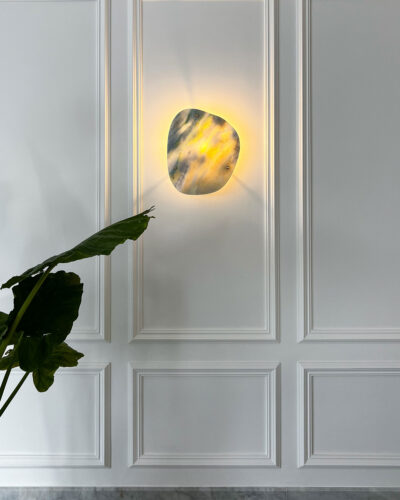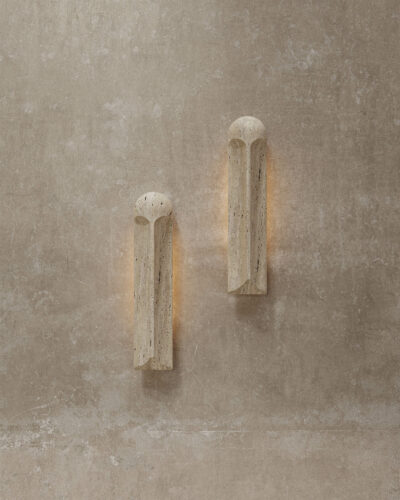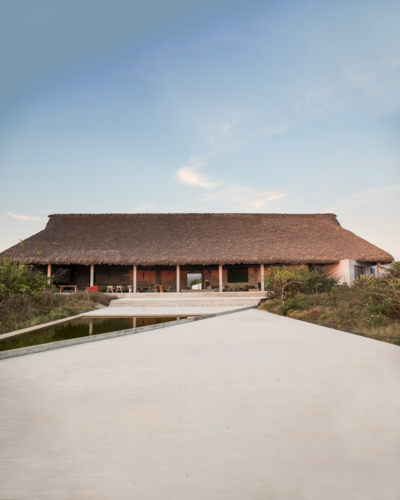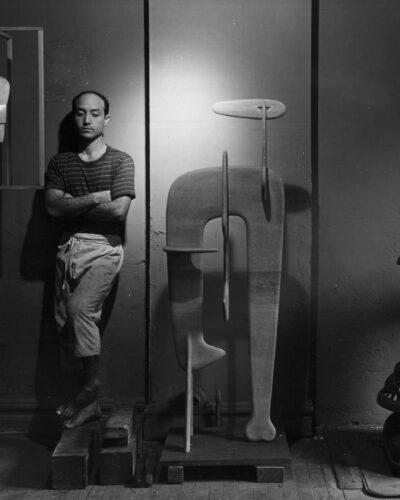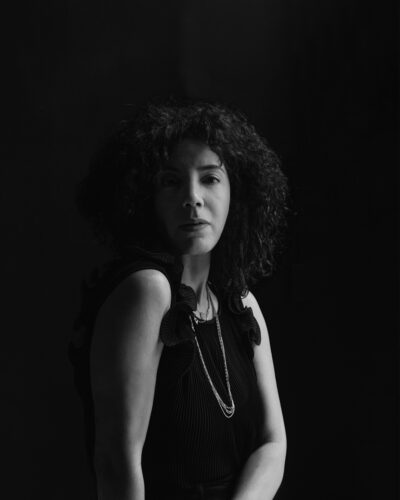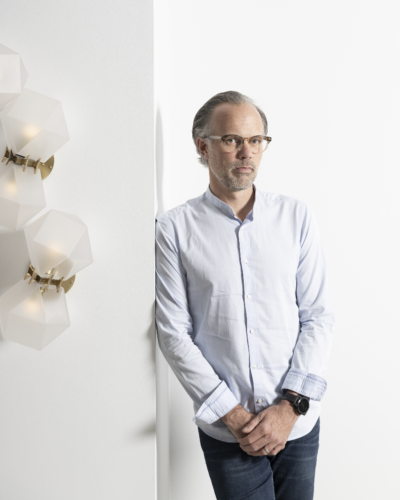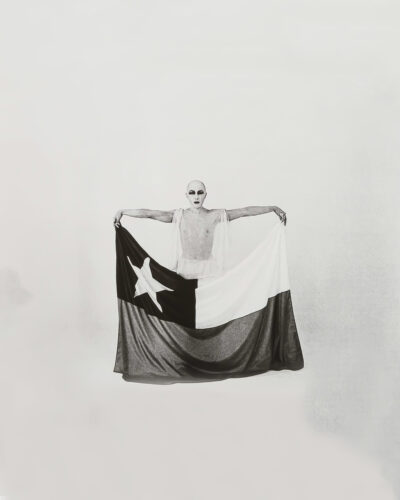This website uses cookies so that we can provide you with the best user experience possible. Cookie information is stored in your browser and performs functions such as recognising you when you return to our website and helping our team to understand which sections of the website you find most interesting and useful.
Listen to the conversation between Rosanna and Casa Wabi.
From its home in Puerto Escondido on the Oaxacan coast in Mexico, Casa Wabi is a place of creativity and community, inviting meaningful dialogue between the people of the 14 nearby villages and a roster of venerated and celebrated artists and architects. Sprawling, both physically and metaphorically, Casa Wabi has continually evolved and grown since its inception in 2014 by the internationally renowned Mexican artist, Bosco Sodi.
Rooted in its place – in Mexico, in Oaxaca, in the local community – Casa Wabi is an open access site, inviting participation from the residents of the nearby villages and the international art & design world alike. A broad range of programmes satisfy the diverse needs of the Casa Wabi audience, including permanent installations, a spacious contemporary art gallery and an artist-in-residence programme, as well as cultural, horticultural and community projects – all nestled in a site of great architectural importance.
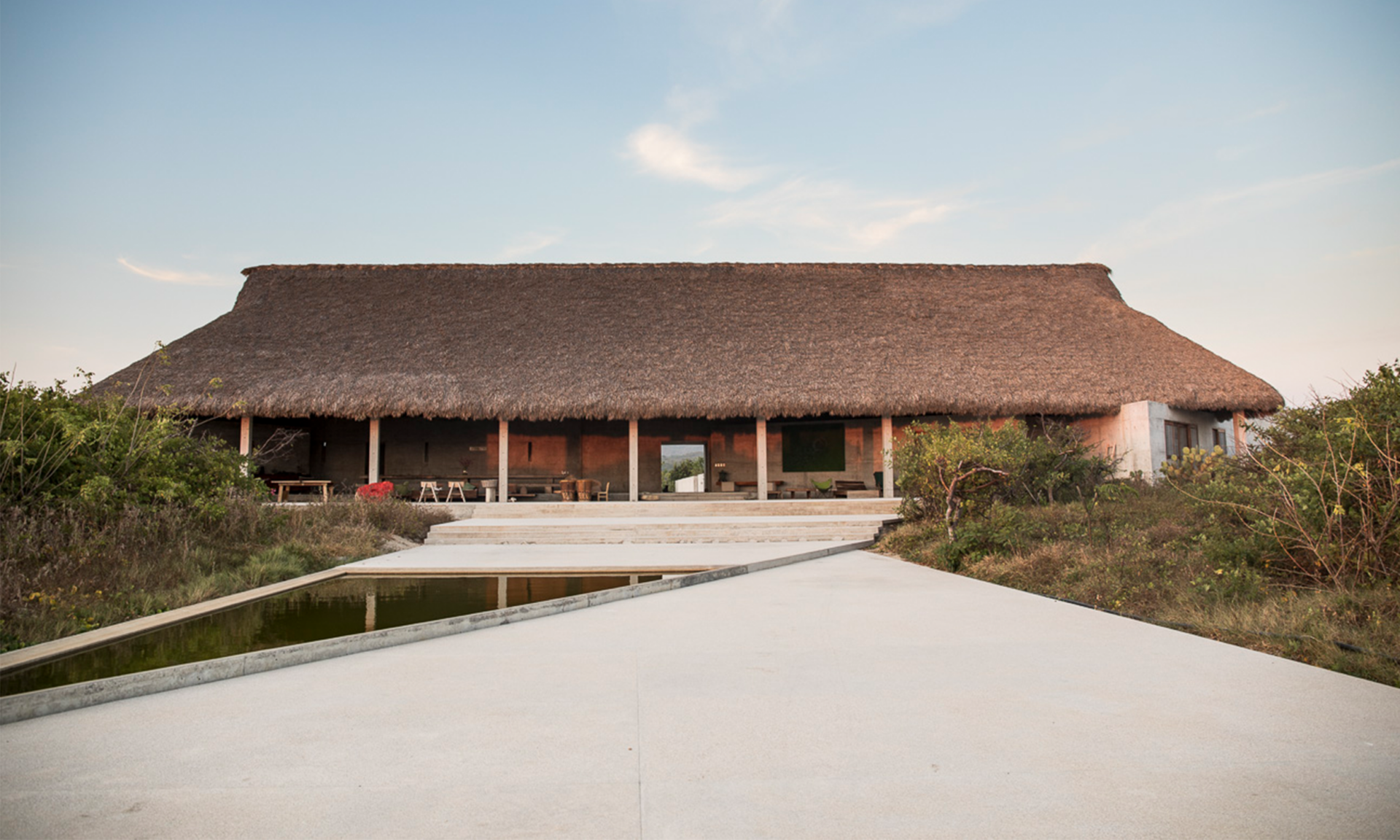
WABI by Sofia Gonzalez Noriega
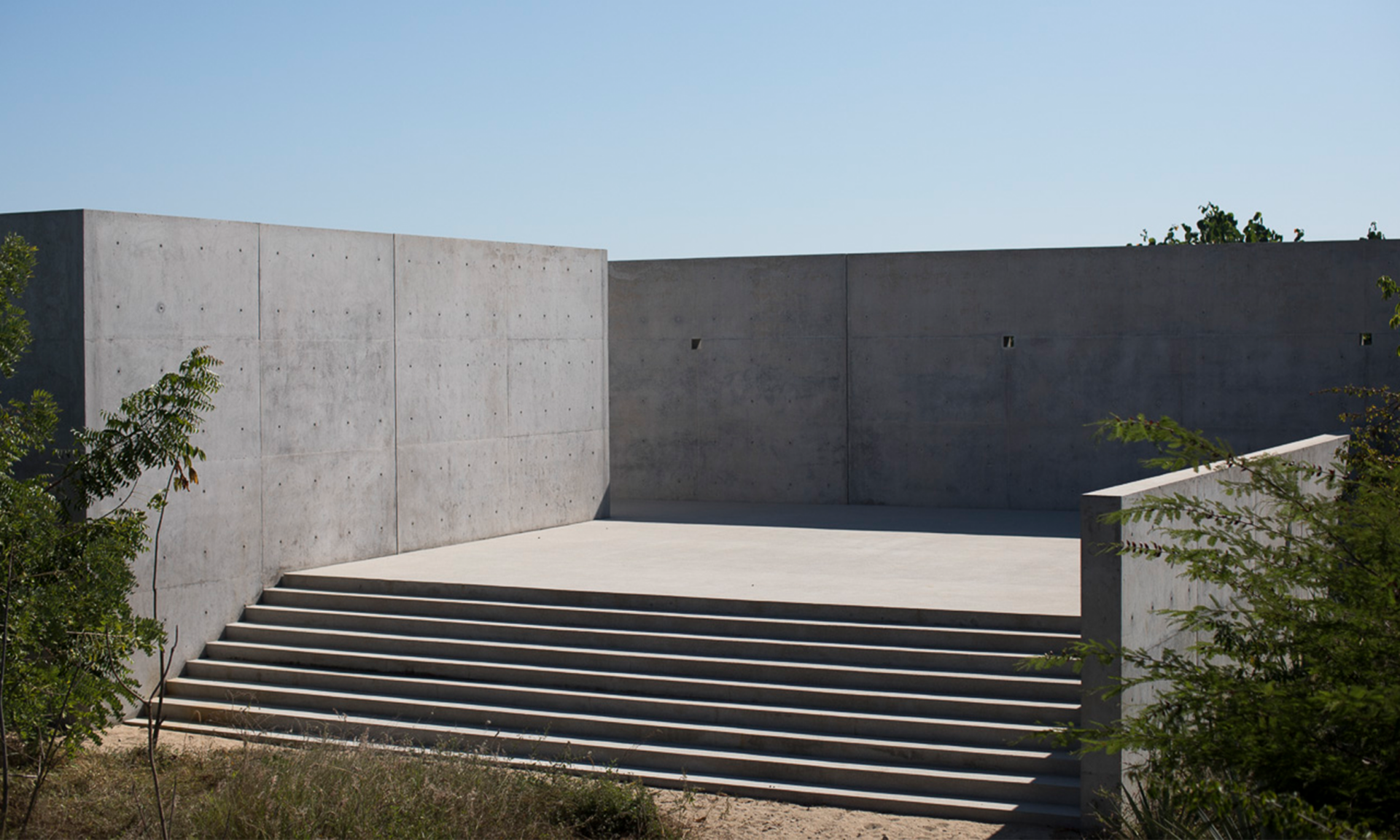
WABI4 by Sofia Gonzalez Noriega
Carla Sodi, the Director of Casa Wabi (and sister of Bosco), notes that, “The main programme – the most known – is the Casa Wabi residency programme. We usually have 5 or 6 artists-in-residence and they come here to do a community project. They each have their own studio, where they can do their own work or not, but the main thing for us is that they do a [substantial] community project.” Artists including Pedro Reyes, Santiago Sierra, Lawrence Carroll and Richard Wentworth have come to Oaxaca, and the interactions with the local community and Casa Wabi’s offerings and limitations greatly informs their output. “We try to promote three dialogues, the first dialogue is between the resident and themselves, an inner dialogue. The second dialogue is between the residents as the group, sharing ideas, experiences, work, techniques… and the third dialogue is between the residents and the community.”
“The artists make their community projects based on dialogue, where nobody tells the other what to do, but both learn from each other and grow together.”
Awe-inspiring yet welcoming, Casa Wabi takes a thoughtful and nuanced approach in bringing together the local and the international – that which is quotidien versus that which stimulates and inspires. “We totally believe that art should be public – open, not intimidating – it has to be something that invites you to analyse it, not make you feel that you don’t know about it. You don’t have to know about it, or understand it, you just have to be willing to see it, and to discuss it – and maybe you like it or maybe you don’t, it’s the same with the architecture.”
“The architecture is a very important character at Casa Wabi. Tadao Ando designed the main house, which is a beautiful space – a very big, concrete-walled space. I don’t know how to explain it, but even though there are many large concrete walls, it doesn’t enclose you – it contains you, but it doesn’t make you feel small.” In Tadao Ando’s skillful hands, the large swathes of concrete feel at home in this wild and raw environment; his intervention seems to frame the landscape rather than blocking it out. The structure bisects Casa Wabi’s rectangular plot that runs parallel to the shoreline and overlooks the South Pacific Ocean – however, Ando’s design doesn’t create a barrier between indoor and out, and the structure remains open and somewhat exposed to the natural world.
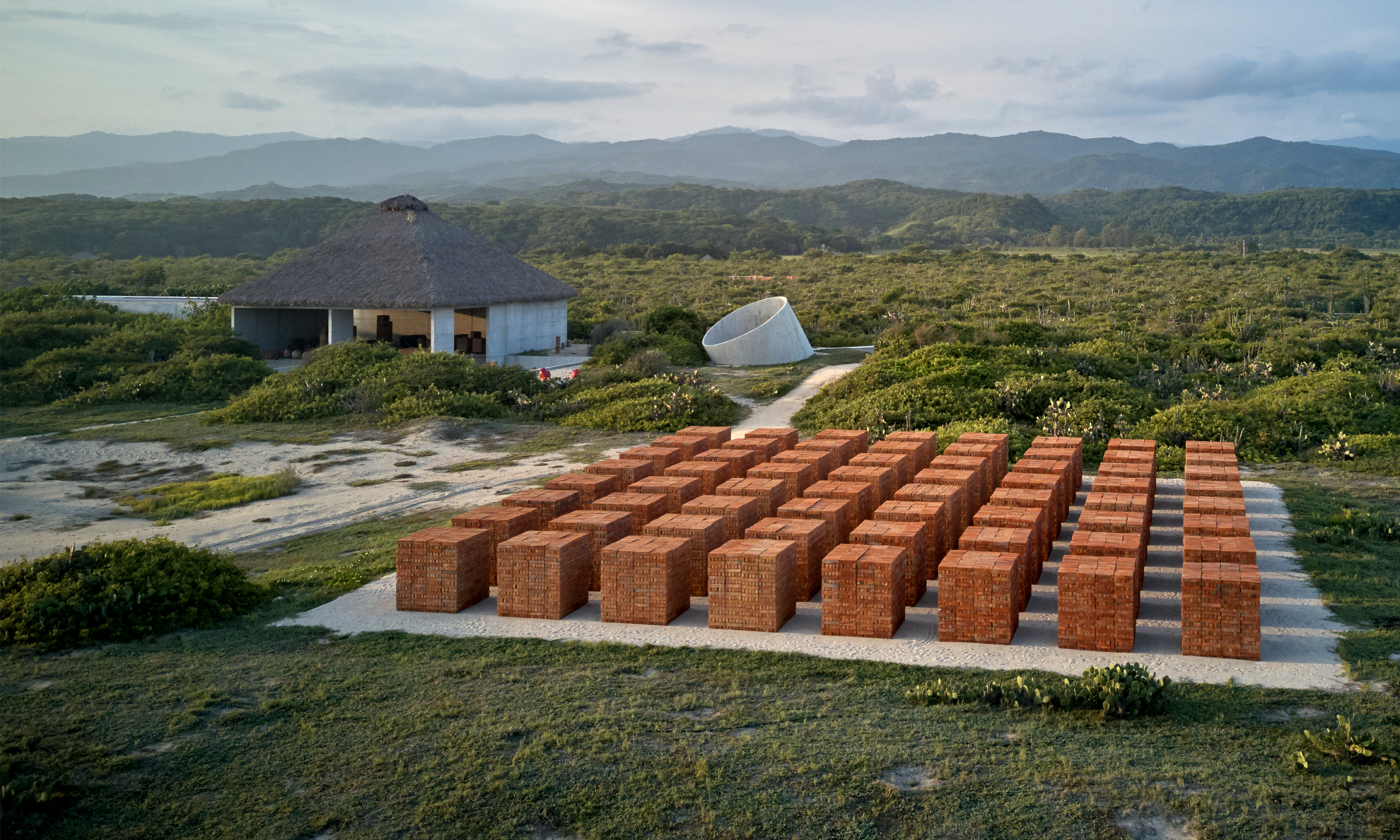
BS by Sergio Lopez
“Casa Wabi has become an icon in the area, architecturally”
As the project has grown, so too has the need for space, and so Casa Wabi features a number of further buildings and pavilions, each made with its own specific remit and purpose. “We have been very privileged to have many other collaborations with architects,” notes Sodi. “We have the clay pavilion -where we do our clay programme – which was designed by Álvaro Siza, then there is the guayacán pavilion – a protected species of tree that is found in this area – so there is a huge pavilion full of guayacán that was made by Ambrosi Etchegary. Then we have the hen pavilion by Kengo Kuma, and the compost pavilion designed by Solano Benitez and Gloria Cabral. All the gardens were made by Alberto Kalach, and we have a high temperature oven for ceramics that was also designed by him – and two more pavilions coming soon…”
Art weaves itself into, through and around the architecture of Casa Wabi, with permanent installations and temporary exhibitions, and art made on site by the international artists-in-residence as well as the local school children. “Every day, kids from the nearby schools come to work with clay. There’s a community very near us where the soil is rich in clay, and so the kids are working with a material that surrounds them and [that allows them to express their] creativity.”
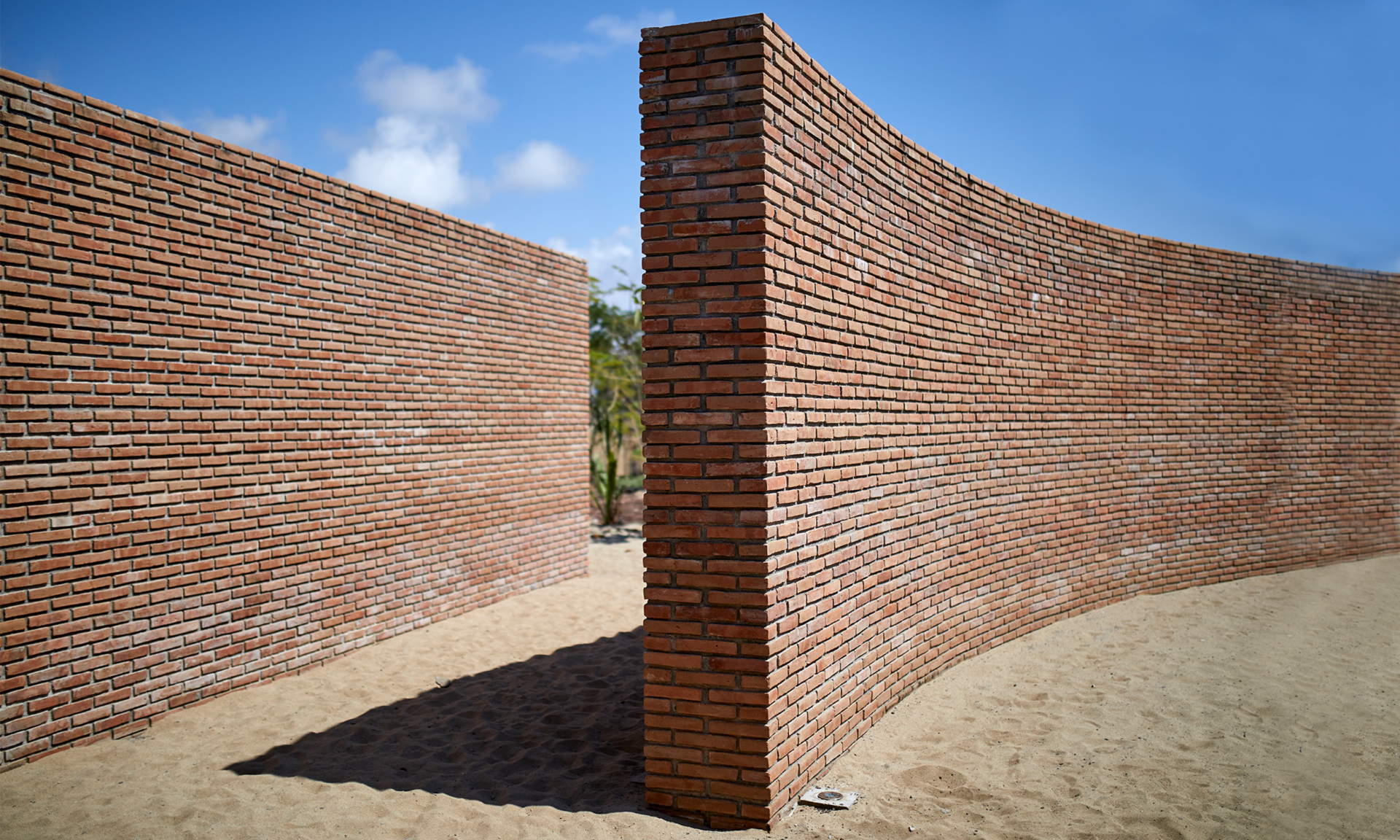
ClayPav by Sergio Lopez
As well as expressing their own creativity, the children and local communities can engage with the work of internationally recognised artists such as Daniel Buren, Jannis Kounellis, Nicolas Bourriaud, Lawrence Weiner, whose work is shown in Casa Wabi’s cavernous contemporary exhibition space. “Puerto Escondido is a huge space for internationally renowned artists because we want these artists to bring their proposals to an area of Mexico where we don’t usually have this kind of work. That’s also why we leave the exhibition up for a whole year, so that there’s enough time for everyone to come and see it.”
Art can also be found outside of the formal exhibition space as Sodi explains: “Many artists have been kind enough to leave us some pieces. We have a Héctor Zamora and an Izumi Kato in the garden, and now we have Huma Bhabha’s piece too. We have Bosco’s piece, and we also have a Ugo Rondinone, which is between the house and the beach, which is like a totem that is full of plants that self-irrigates. The idea, in the end, is that it becomes all green…”
A constantly changing and evolving space, Casa Wabi is committed equally to contemporary art and the local community, finding ways to weave the two together to create something that is unique to this place and those people. Mexico and Mexican culture is also a deeply rooted element of Casa Wabi, protecting and promoting its people and its ecology, its history and its future.
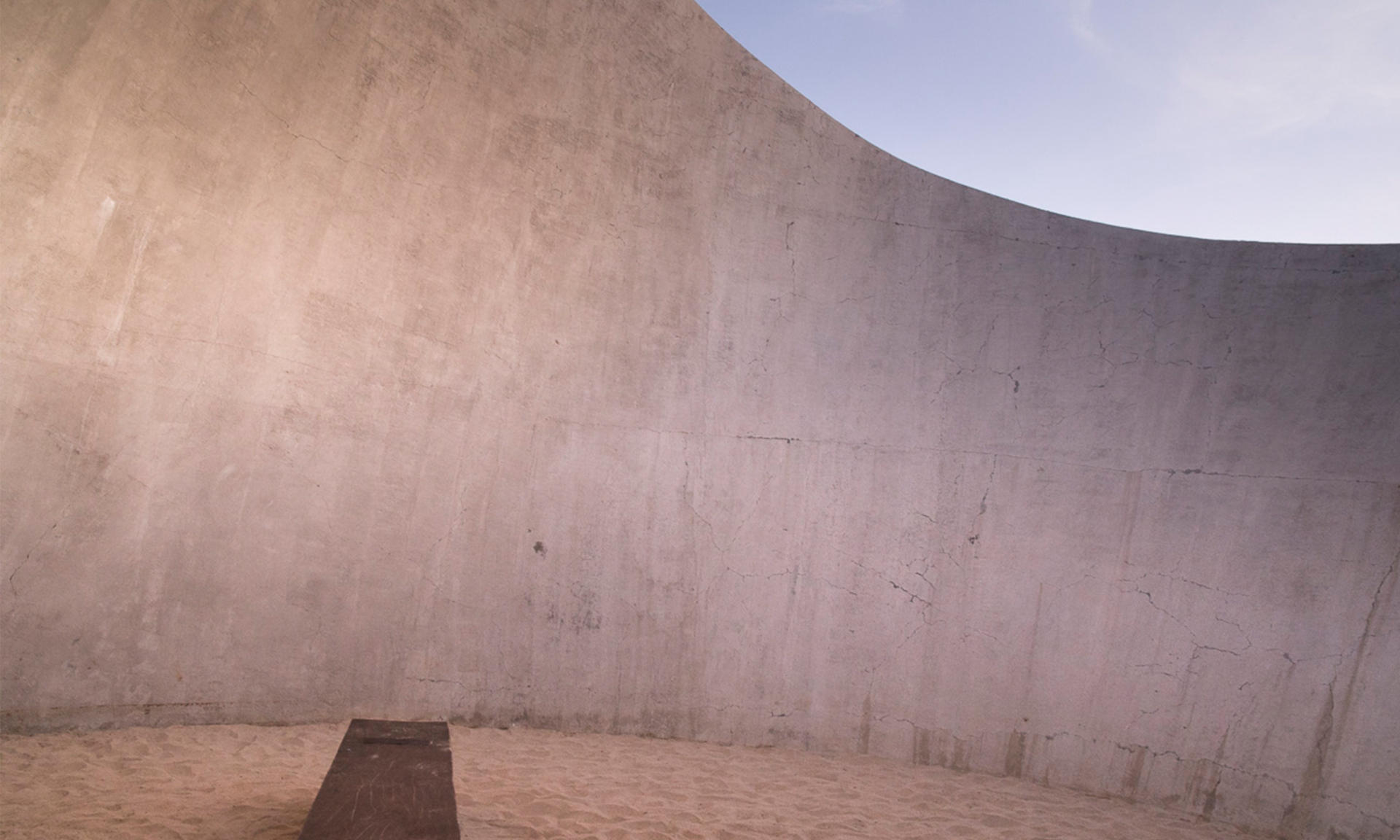
WABI1 by Sofia Gonzalez Noriega
Part of Casa Wabi’s mission is to instil a sense of care and connection with its environment, whether that is through its use of locally-foraged clays, or in its guayacan programme that focuses on the protection and proliferation of the indiginous tree whose blossoms are a particularly tangy shade of yellow. “If any of the surrounding communities want to grow guayakans, we will give them [one from our nursery] – but each tree has to have one person who is responsible for it, as if it was a pet. We want them to generate a strong relationship with the tree – so that the plant will grow with them.”
Casa Wabi also promotes the work of the local craftsmen, creating collaborations and conversations between the Oaxacan artisans and the international artists that come to the area to create new work. Sodi notes that, “Mexico is a very cultural country, we have a lot of traditions and they remain very strong, so the residents come and have a dialogue, so that both can evolve. For example, one year we had someone who came and worked with the local guys that weave with palm, and [by the end of the residency] they had made this beautiful lamp – an incredible modern design [using a traditional Mexican technique] – and so, in the end, the designer learned how to knit with palm and the artisans learned a new style.”
“It is always an exchange – no one teaches anything, everybody learns everything – it’s both.“
Casa Wabi is somewhat out of place – an art institution at the very edge of the country, nearer to the open ocean than the frenzy of the world’s most established cultural centres. Operating in a new context and working at a different pace, Casa Wabi has established its own purpose and priorities: it is a meeting point – a place for art and craft; the local and international; the agricultural and architectural – there is clay and compost as well as sculpture and painting. Speaking of Casa Wabi’s blend of high art and community workshops, high-octane architecture and hen-houses, Carla Sodi notes that, “In order to appreciate something you have to be in a space that invites you to appreciate what you’re looking at. Bosco had this vision where it’s not only about what you put in, but also where you put it.”
